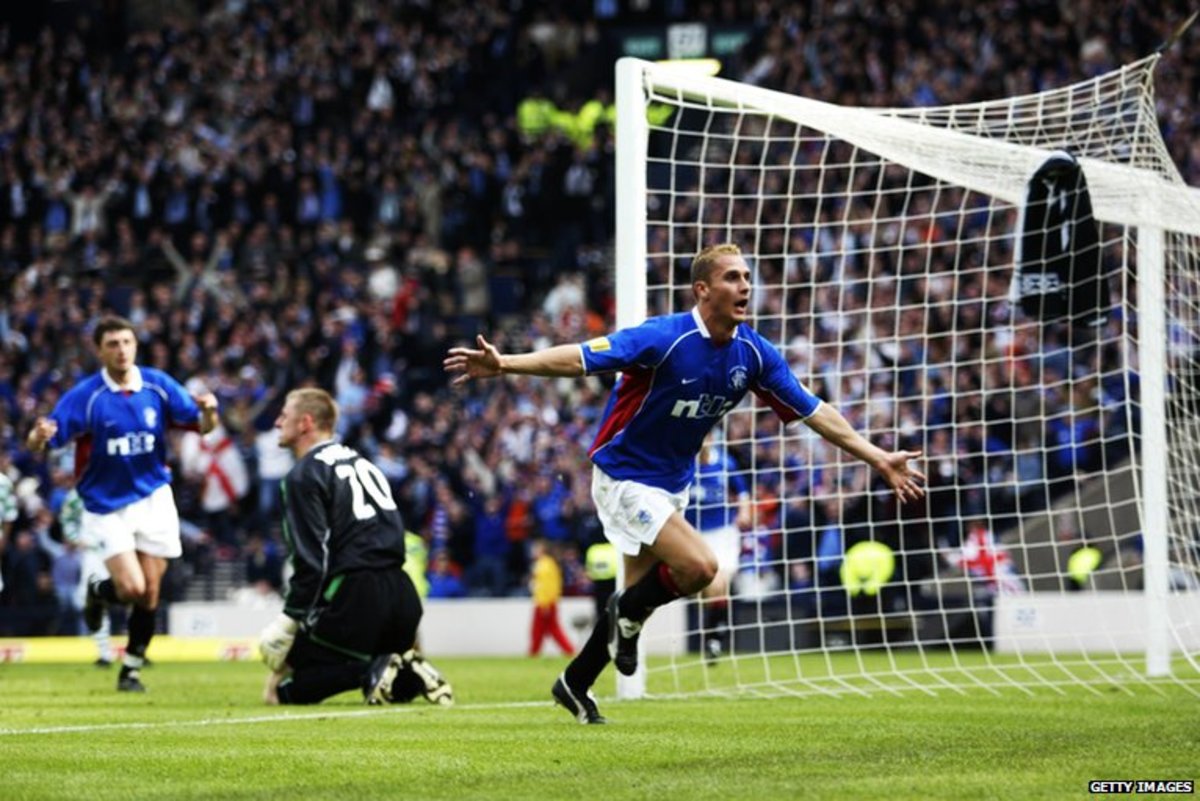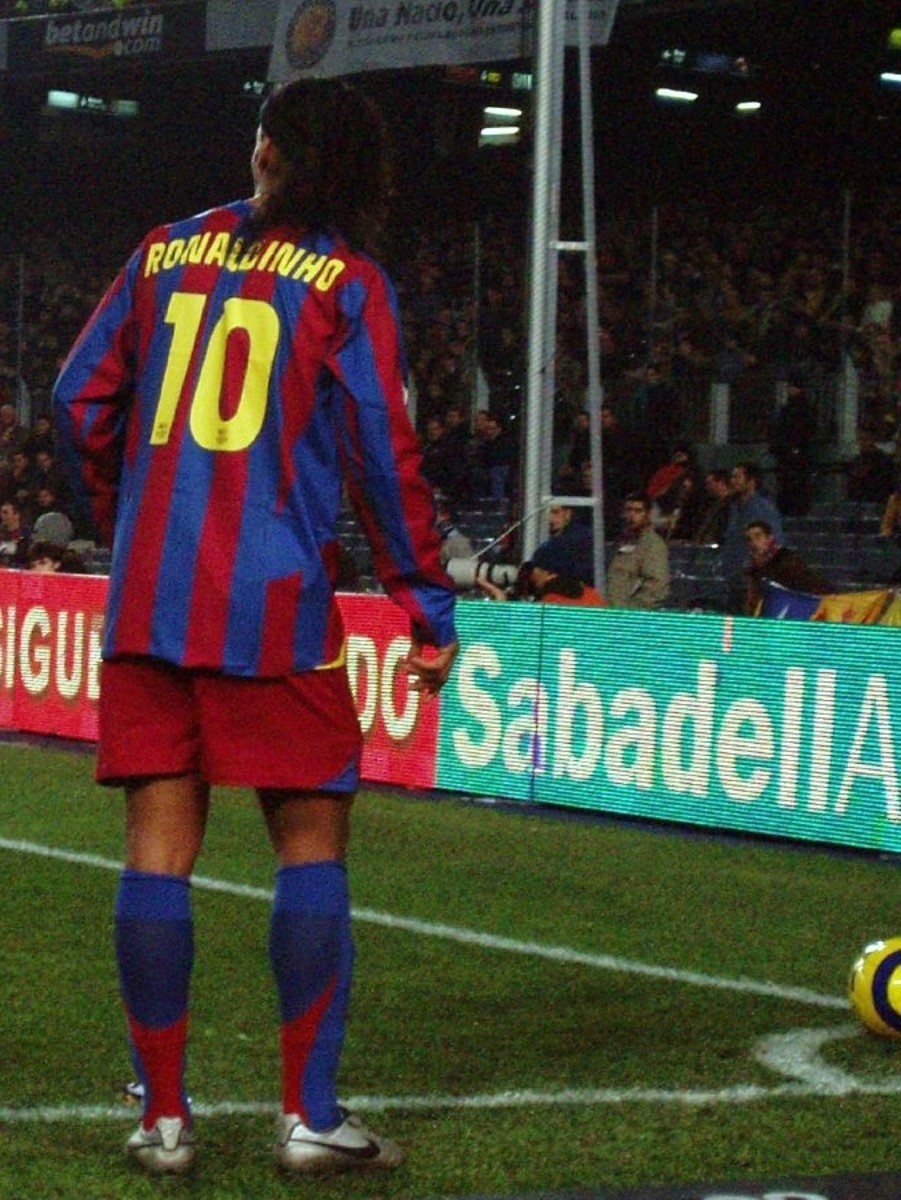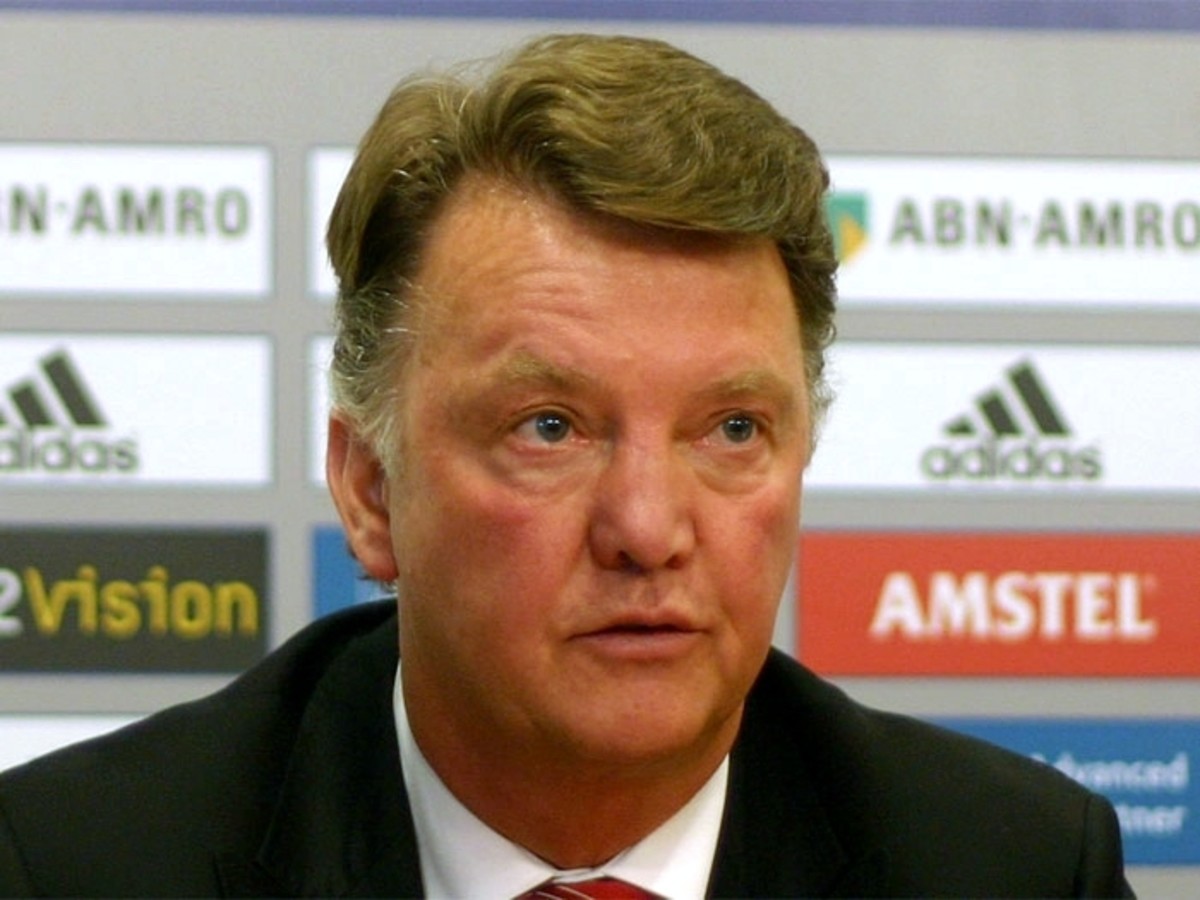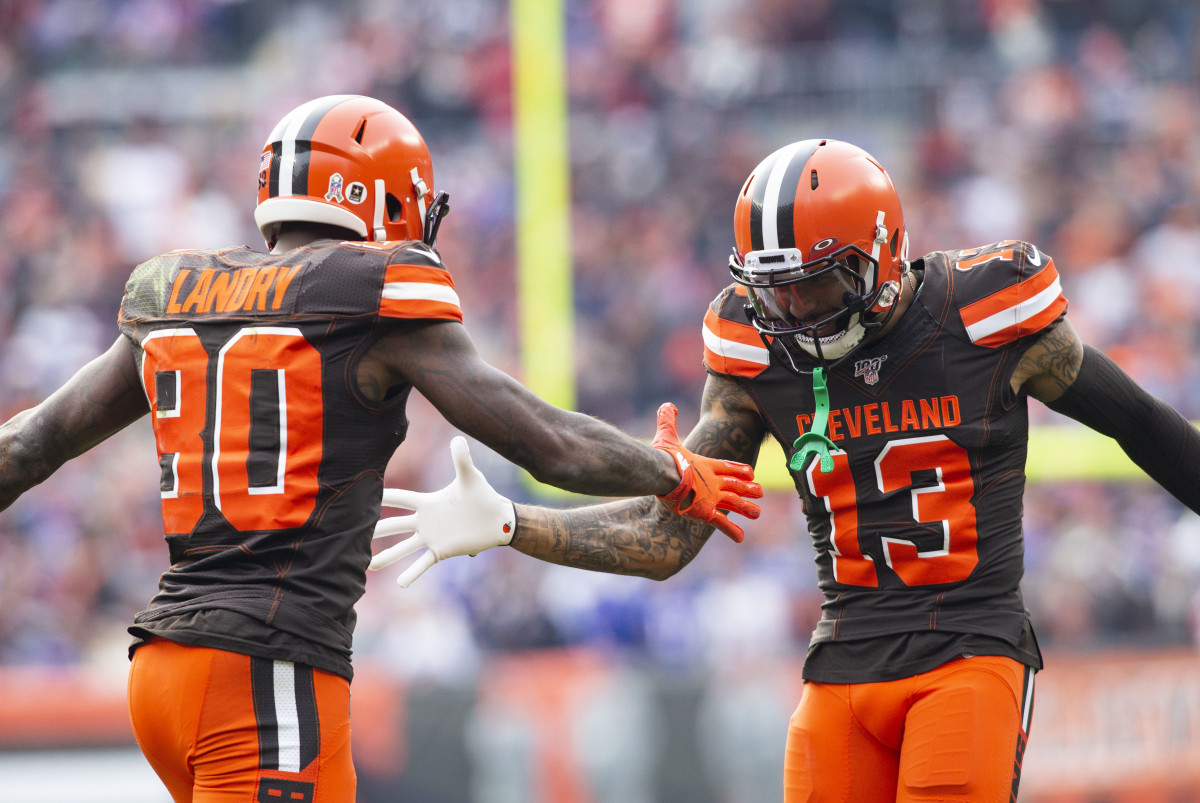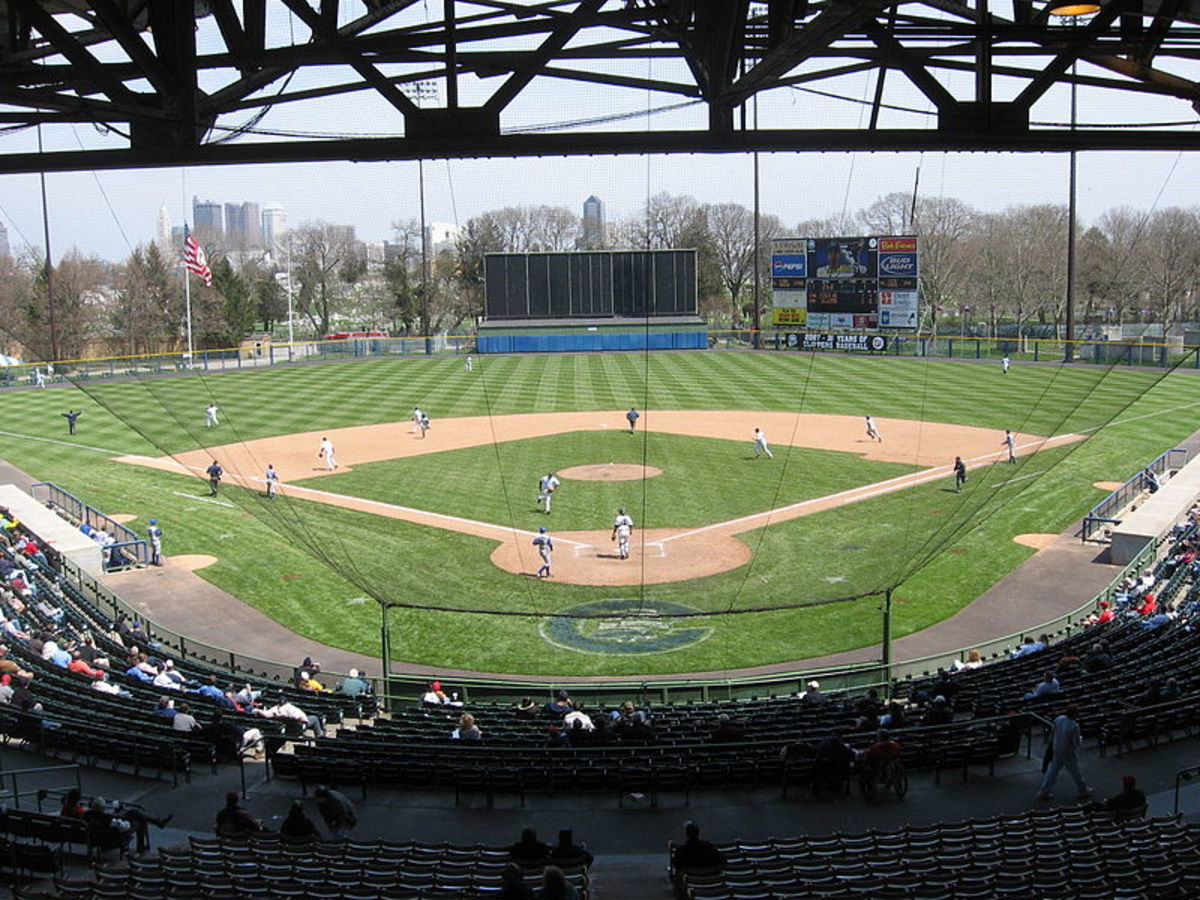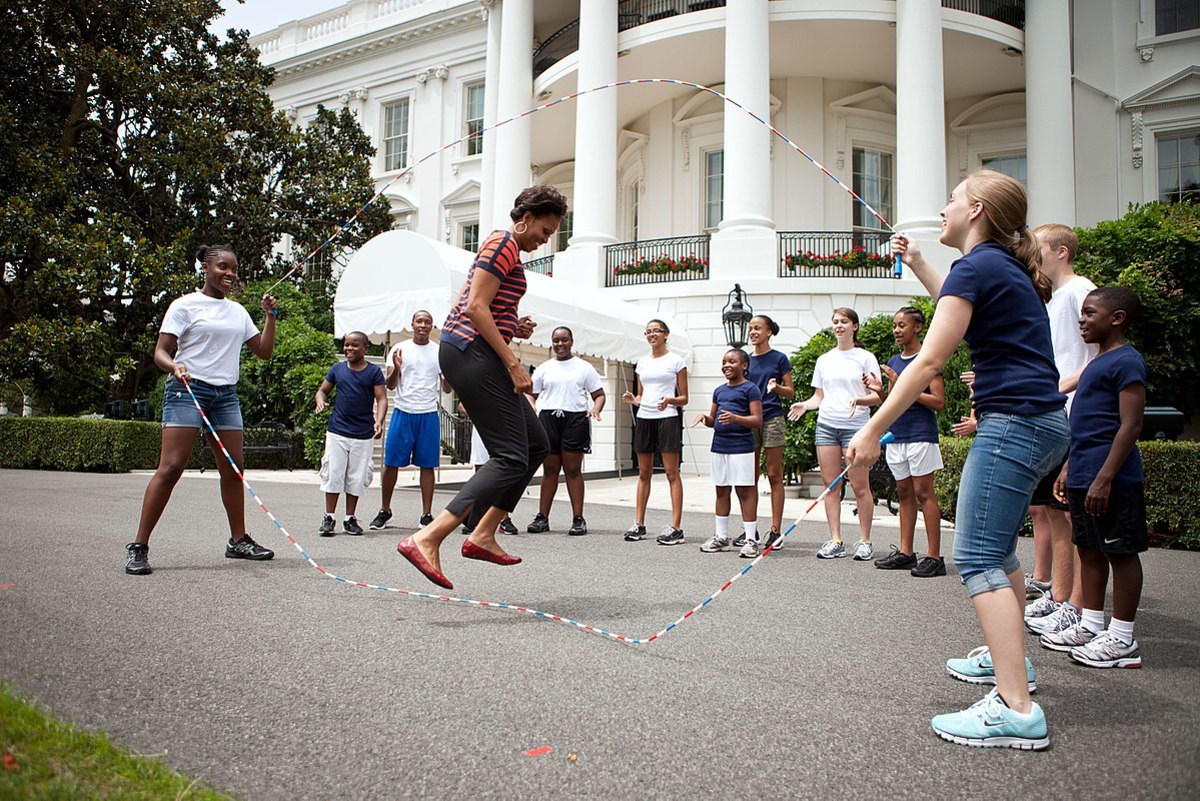Echoes Beyond Glory: San Siro's Shifting Legacy
On May 22, 2010, Inter Milan conquered Europe. At the Santiago Bernabéu, Diego Milito’s brace against Bayern Munich sealed a 2–0 victory, completing a historic treble—Serie A, Coppa Italia, and UEFA Champions League. As Javier Zanetti lifted the trophy, thousands of fans flooded San Siro, turning the cathedral of football into a sanctuary of triumph. The celebrations lasted until dawn, with the stadium echoing chants, tears, and the weight of a 45-year wait finally broken.
San Siro, once again, had become the epicenter of footballing glory. However, football’s pendulum swings quickly.
Fragile Brillance and European Reckonings
Less than a year later, Bayern Munich returned to San Siro: this time for the 2010–11 Champions League Round of 16. The matchup was a rematch of the previous season’s final, and Bayern arrived with unfinished business.
On February 23, 2011, Mario Gómez struck in the dying minutes, capitalizing on a rebound to give Bayern a 1–0 away win. The goal silenced the crowd and shifted the tie’s momentum ahead of the second leg, although Inter mounted a dramatic comeback in Munich. Samuel Eto’o, Wesley Sneijder, and Goran Pandev scored in a thrilling 3–2 victory, sending Inter through on away goals. It was a fleeting moment of resilience—one that would soon be overshadowed.
Another German club would get that chance, although Inter Milan's first leg started with an emphatic play, courtesy of Dejan Stankovic, whose goals was a volley from midfield after Neuer’s headed clearance — one of the most audacious goals in Champions League history Despite the brilliance, Inter lost 5–2, and the goal became a bittersweet emblem of fading glory.
In the following European season, Inter Milan’s post-treble volatile era was continued. The 2011–12 Champions League began with a shock 1–0 home loss to Trabzonspor, a Turkish side reinstated after Fenerbahçe’s disqualification. Ondrej Celustka’s 76th-minute goal, off a rebound, symbolized the unraveling of a giant. Though Inter topped their group, a 2–1 loss to CSKA Moskva in the final match allowed the Russian side to sneak into the knockout rounds.
In the 2012–13 Europa League, Inter’s 2–2 draw with Neftçi in the group stage finale marked a historic moment—not for Inter, but for the Azerbaijani club, who earned their first-ever group stage point. It was a reminder that legacy is not just built on trophies, but on moments of pride and perseverance.
Across the city, AC Milan grappled with its own identity crisis. The 2011–12 Champions League offered a glimpse of vintage dominance: a 4–0 demolition of Arsenal at San Siro, with goals from Boateng, Robinho (2), and Ibrahimović. Yet the brilliance proved brittle. A 3–0 loss at the Emirates nearly overturned the tie, and a 0–0 draw at home to Barcelona in the quarterfinals, followed by a 3–1 defeat at Camp Nou, exposed the widening gap between Milan and Europe’s elite.
Two years later, Milan edged through a group featuring Ajax, Celtic, and Barcelona, only to suffer a 5–1 aggregate loss in the Round of 16. The message was clear: structural renewal was no longer optional—it was urgent. Milan returned to Europe in the 2017–18 Europa League, showcasing renewed ambition. Dominant wins over Austria Wien, Rijeka, and AEK Athens rekindled hope. But a 5–1 aggregate defeat to Arsenal, with tactical flaws exposed in London, reminded fans that the journey back to relevance was still underway.
Pride and Points, A Convincing Qualifier and a Storied Rivalry Rekindled
On a balmy evening at San Siro on Oct. 16, 2012, Italy needed to silence critics after a stuttering start to their World Cup qualifying campaign. Facing Denmark, Cesare Prandelli’s side delivered an emphatic 3–1 victory that reignited belief. Mario Balotelli, doubted after laser-eye surgery, proved pivotal—he orchestrated Riccardo Montolivo’s opener, then coolly finished the third goal despite being a man down. That performance wasn’t just about three points; it was a statement of intent that lifted the stadium and set the tone for the remainder of qualifying.
However, few fixtures carry as much history as Italy against Germany, and San Siro has often hosted the latest chapter. In November 2016, Luciano Spalletti’s Azzurri welcomed Die Mannschaft in a friendly that ended 0–0 but brimmed with subplots. Italy’s defensive backbone held firm against a powerful German attack, preserving the Azzurri’s proud unbeaten run in Milan that stretched back nearly a century. Beyond tactics, every interception and counter-run resonated with echoes of past finals—from the “Game of the Century” (1970) to the 2006 World Cup semi—underscoring why this rivalry remains football’s ultimate test of pride and resilience.
An All-Madrid Showdown at San Siro
On 28 May 2016, the San Siro staged its fourth European Cup final—and its first without either AC Milan or Inter as protagonists. In a repeat of the 2014 decider, Real Madrid and Atlético Madrid returned to Milan to battle for Europe’s crown. The selection of San Siro in September 2014 had promised another spectacle, yet few expected two Spanish sides to contest the title in Italy’s most storied arena. This marked the second final featuring teams from the same city and the first time San Siro hosted a final with neither of its tenants competing.
Real Madrid drew first blood in the 15th minute. A Toni Kroos free-kick found Gareth Bale’s flick, which looped into the crowded penalty area. Amidst the scramble, Sergio Ramos nodded the ball beyond Jan Oblak, silencing the Milanese faithful. Atlético, undeterred, pressed until a rare defensive slip invited Yannick Carrasco’s 79th-minute finish—his volley past Keylor Navas restoring parity and forcing extra time.
After a tense, goalless extra half-hour, the final turned into a penalty shoot-out. Both sides converted their first three spot-kicks, but Atlético’s Juanfran struck the post with his fourth. Cristiano Ronaldo coolly dispatched the decisive kick, sealing a 5–3 shoot-out win. Real Madrid clinched a record-extending 11th European Cup, underscoring their continental dominance and sparking rapturous celebrations in the stands and across Madrid.
Beyond the on-field drama, the 2016 final featured several milestones. It was the first Champions League final to employ goal-line technology at San Siro, a reflection of football’s embrace of innovation. The matchup guaranteed Madrid would surpass Milan as Europe’s most successful city in the competition. Meanwhile, the attendance of nearly 72,000 bore witness to a modern derby that blended familiar rivalry with fresh chapters in European football lore.
Sergio Ramos’s pivotal goal and composed presence earned him Man of the Match honors. His decisive interventions—both in open play and from the spot-kick line—embodied Real’s resilience. For Atlético, the defeat marked their third loss in a European final, a costly addition to Diego Simeone’s underdog narrative. Yet for football historians, San Siro’s 2016 climax remains a testament to city rivalries transcending national borders, etched forever in the annals of the Champions League.
When the Cathedral Wept: San Siro’s Nadir
The same turf that roared with triumph in 2010 fell into stunned silence on November 13, 2017, as Italy’s World Cup dreams evaporated. Needing a win to overturn a 1–0 first-leg deficit in their playoff against Sweden, Gian Piero Ventura—whose résumé boasted steady mid-table finishes at Torino but no major trophies—believed San Siro’s atmosphere could “take us by the hand” toward qualification. Instead, a brittle Azzurri side created openings yet found no way through. Gianluigi Buffon was left clutching at near-misses and penalty appeals went unheeded. When the final whistle confirmed a 0–0 draw, Sweden advanced 1–0 on aggregate, condemning Italy to its first World Cup absence since 1958—a failure as historic as it was heartbreaking.
Barely a year later, San Siro endured another humiliation—this time in European competition. After a goalless first leg in Frankfurt, Inter Milan welcomed Eintracht Frankfurt for a Europa League Round of 16 second leg on March 14, 2019. Just six minutes in, Luka Jović, a young striker dubbed the “Buffalo Herd” prospect in Germany, pounced on a Stefan de Vrij mistake, floated a sublime chip over Samir Handanović, and silenced the home faithful with the tie’s only goal. Despite near-constant pressure and clear opportunities, Inter could not muster an equalizer. The upset underscored San Siro’s dual nature: a cathedral of conquest that can so swiftly become a monument to despair.

Sweden's Post-match celebration at San SIro
Building Momentum on Neutral Turf
Atalanta’s Gewiss Stadium was midway through a major renovation when their 2019–20 Champions League adventure began. Needing a UEFA-compliant venue, the Nerazzurri staged all home fixtures at Milan’s San Siro in their maiden European campaign; earned by finishing third in Serie A the season before. Before their European debut, Atalanta used San Siro for key league games, grinding out draws against local powerhouses: 0–0 with AC Milan and 2–2 against Inter Milan. Those results instilled belief that they could turn a borrowed stadium into a fortress.
Atalanta arrived in Group C as one of the minnows, boasting the second-lowest UEFA club coefficient (14.945) among the 32 participants, ahead only of Lille (11.699) in Pot 4. A brutal start saw three straight defeats: 4–0 at Dinamo Zagreb, 1–2 vs Shakhtar Donetsk, and 1–5 at Manchester City.
Turning point came in Matchday 4, when Mario_Pašalić tied the match in a gritty 1–1 draw with Manchester City. On November 26, Atalanta went ahead after 27 minutes, when Luis Muriel scored on a half-volley against the bar from outside the penalty area on the left. Atalanta continue its impressive form, wtih Papu Gómez early second half low strike into the far corner paving the way for a historic win, which it carried over into Matchday 6 and another victory, confirming Atalanta's progress into the Round of 16.
The reward was a matchup against Valencia, and in the first leg, played at San Siro, Atalanta exploded for a 4–1 rout, Hans Hateboer’s brace and strikes by Josip Ilicic (whose opener carved open Valencia’s defense) and Remo Freuler delivering a statement win to the Nerazzurri faithful. However, the match was not without a major concer.
The mass exodus of 40,000 Bergamo fans to Milan that February, along with the thousands more at the Mestalla surroundings in March (second played played behind closed door as COVID-19 swept Europe), l ater became known in medical circles as “Game Zero,” implicated in accelerating outbreaks in both Bergamo and Valencia.
Atalanta’s 2019–20 European odyssey encapsulated the highs of underdog triumph and the unforeseen impact of global events. From hosting on loan at San Siro to writing new club lore, their campaign stands as one of modern football’s most surreal chapters.
Beyond the Scorelines: COVID-19’s Impact on San Siro and Italian Football
At the onset of the pandemic in February 2020, northern Italy, and particularly Lombardy, became the continental epicenter of COVID-19. With spiraling infection rates, the Italian government acted decisively: four Serie A matches were postponed, including Inter Milan’s home game against Sampdoria at San Siro. Within days, authorities mandated that sporting events in affected regions be played behind closed doors, with Inter’s Europa League match against Ludogorets on February 27, 2020, the first major San Siro game conducted without fans.
Inter Milan’s UEFA Europa League round of 32 second leg against Ludogorets Razgrad on February 27, 2020, was historic because of the COVID-19 restrictions. The game ended 2-1 in Inter’s favor (aggregate 4-1), with Biraghi and Lukaku overturning an early Ludogorets goal. Inter’s successful navigation of the tie allowed progression to the latter Europa League stages, but the match signaled new, unfamiliar realities for both players and staff, which continued all the way to a Europa League final, which it lost to Sevilla later in August
The severity of the crisis led to further suspensions. By mid-March 2020, both Serie A and UEFA competitions had been halted and formally announced the postponement of all its club finals, including the Europa League final originally scheduled for May 2020. These decisions reflected unprecedented public safety priorities and introduced calendar chaos with ripple effects throughout world football. For a stadium that had, in previous years, averaged over 60,000 attendance per match, San Siro was now eerily silent and visually altered by tarpaulins and banners covering empty stands.
The removal of fans from San Siro transformed football’s ambiance. Players and coaches remarked on the “training match” atmosphere, the loss of home advantage, and the challenge of self-motivation without the emotional lift provided by supporters. Matches, often decided on fine margins, now unfolded in unnatural circumstances that tested teams’ focus and mental resilience, and these matches also would lead to both Milanese clubs playing European football next season without spectators.
AC Milan’s path to the 2020-21 UEFA Europa League proper was shaped by the quirks of the pandemic-affected calendar. Forced into qualifying rounds due to their 2019-20 Serie A finish, Milan hosted Norwegian side Bodø/Glimt on September 24, 2020, in an empty San Siro. Playing without several key figures (notably Zlatan Ibrahimović), Milan had to rely on their fresh-faced stars. The result was a 3-2 victory with goals by Hakan Çalhanoğlu (16’, 50’) and Lorenzo Colombo (32’), with Bodø/Glimt scoring through Kasper Junker (15’) and Jens Petter Hauge (55’). Milan held a slim edge in possession (56%) and attempts (17 to 8), indicative of their reliance on home performance even in a soulless venue.
Crucially, Milan’s victory not only kept alive their continental ambitions but signaled the emergence of young players and squad depth, qualities that would become central to navigating the congested, COVID-complicated season.
AC Milan reached the group stage that year, but suffered one of the season’s major shocks on Nov. 5, 2020, as French side Lille, led by Yusuf Yazıcı’s hat trick, ended Milan’s 24-match unbeaten streak with a 3-0 demolition at San Siro. Yazıcı’s penalty (22’) and two second-half strikes were aided by a rare error from Gianluigi Donnarumma and a notably disjointed Milan backline.
This defeat not only stung in sporting terms but symbolized vulnerabilities in Milan’s project under Stefano PioliL a reminder of the fine lines in squad rotation, fatigue, and the psychological cost of a relentless, crowdless campaign.
A month later, on Dec. 3, 2020, an epic comeback reignited the storied stadium, courtesy of a remarkable 4-2 win over Celtic was among the high points of Milan’s group stage and epitomized the team’s resilience. After falling behind to early Celtic goals (Rogic 7’, Edouard 14’), Milan stormed back with four unanswered goals: Çalhanoğlu (24’, free kick), Castillejo (26’), Hauge (50’), and Brahim Díaz (82’).
Milan’s response to adversity echoed the club’s traditions of fighting spirit, emboldened by young contributors like Hauge and Díaz. The win was a rare true “comeback” in a stadium stripped of its atmospheric power.
Milan would win the group and its run ended in the Round of 16, where they were drawn against English giants Manchester United, and looking to capitalize to capitalize at San Siro on March 18, 2021 after a 1-1 draw in the first leg. However, a second-half Paul Pogba strike—his instant impact off the bench proved decisive, as the Rossoneri could not penetrate a disciplined United defense buoyed by a crucial save from Dean Henderson on Ibrahimović’s header. Milan’s European adventure ended in a valiant, if ultimately unfulfilled, campaign.
On the other spectrum, Inter's unexpectedly deep run to August’s Europa League final compressed their preseason and recovery time. Studies and managers alike note that teams playing deeper into delayed summer tournaments experienced more muscle injuries, greater fatigue, and a lag in domestic and European starts the following autumn.
On Oct. 21, 2020 against Borussia Mönchengladbach, Romelu Lukaku opened the scoring in the 49th minute, pouncing on a deflected shot from Matteo Darmian. Gladbach equalized via a Ramy Bensebaini penalty after Arturo Vidal fouled Marcus Thuram. Jonas Hofmann gave the visitors a shock lead in the 84th minute, slipping the ball through Handanović’s legs. Lukaku rescued a point in the 90th minute, bundling in a corner at the far post. Despite the draw, Inter’s defensive lapses and missed chances foreshadowed the group’s volatility, considering that Borussia Mönchengladbach reached the Round of 16.
Even with the loss to Real Madrid, European football was still a possibility. However, on Dec. 9, 2020 Inter needed a win at San Siro to qualify but couldn’t break down Shakhtar’s deep block despite 20 attempts and 13 corners. The goalless draw with Shakhtar at San Siro was an ironic twist, coming just months after Inter Milan had ruthlessly dismantled the same side 5–0 in Düsseldorf during the Europa League semifinal.
These matches illustrated the altered realities of pandemic-era football, where historic battles at San Siro unfolded before near-empty seats, and tactical innovation was matched by logistical and public health rigor.
The Return of Roar: San Siro’s Nations League Revival
After months of eerie silence, San Siro roared back to life in October 2021, hosting two blockbuster clashes in the UEFA Nations League Finals. The stadium, long synonymous with club drama, now became the stage for international redemption.
Just three months after Italy edged Spain in the Euro 2020 semifinal, La Roja exacted revenge on Oct. 6, 2021. Ferran Torres netted a first-half brace, both assisted by Mikel Oyarzabal, slicing through Italy’s defense with surgical precision. Italy’s captain Leonardo Bonucci was sent off in the 42nd minute, compounding the challenge. Though Lorenzo Pellegrini pulled one back late, Spain held firm to win 2–1, snapping Italy’s 37-match unbeaten run, the longest in international history. The match also marked Gavi’s debut at just 17 years old, becoming Spain’s youngest-ever player.
Four days later, San Siro’s final was a titanic clash between two footballing philosophies: Spain and France. Mikel Oyarzabal opened the scoring for Spain in the 64th minute, only for Karim Benzema to respond with a sublime curler two minutes later.The winner came from Kylian Mbappé, whose controversial goal stood after a tight offside review. France lifted their first Nations League title, becoming the second nation to win both the World Cup and Nations League. Attendance was capped at 31,511, but the atmosphere was electric—a symbolic return to normalcy.
Since the inception of the UEFA Nations League began in 2018, San Siro hosted five matches; however, its role as Italy’s fortress was tested again in the 2025 Nations League quarterfinal on Mar. 20, 2025. Sandro Tonali gave Italy an early lead with a crisp finish in the 9th minute. But Germany responded with headers from Tim Kleindienst and Leon Goretzka, the latter assisted by Joshua Kimmich, sealing a 2–1 comeback win. The match drew over 60,000 fans, but the result extended Germany’s 13-year unbeaten run against Italy.
San Siro’s post-pandemic chapter has been one of resilience and resonance. From hosting titanic clashes to witnessing generational shifts, the stadium reclaimed its place as a beacon of footballing drama—where history is not just remembered, but made.
San Siro’s Continental Encore: Rivalries, Redemption & Rebirth
2023 marked the third time that AC Milan and Inter Milan appeared in the Champions League; however, with a spot in the Champions League final at stake, the result was one sided as Inter Milan triumphed 3–0 on aggregate, winning both legs of the semifinal. In the first leg, goals from Edin Džeko and Henrikh Mkhitaryan stunned AC Milan within 11 minutes. The second leg saw Lautaro Martínez seal the tie with a low finish in the 74th minute.
AC Milan, despite flashes from Rafael Leão and Brahim Díaz, failed to score across both legs. Inter advanced to their first Champions League final since 2010, reigniting memories of their treble-winning campaign.
However, in the following season, when Inter Milan clinched their 20th Scudetto, Sassuolo defied the odds, even though the result was a bittersweet farewell, as the Neroverdi bowed out of the top flight with pride after 11 years in Serie A. They defeated Inter 1–0 at San Siro in May 2024, completing a rare double over the champions. The winning goal came from Armand Laurienté, whose strike was Sassuolo’s first in seven matches. Despite their relegation, Sassuolo’s win was a symbolic triumph and a defiant farewell: their 10th against Inter since 2013, more than against any other Serie A side.
On the continental front, an even rarer feature recently unfolded, courtesy of Feyenoord, with both coming in the knockout stages. The first trip came in the knockout phase playoff, where Feyenoord, holding on to a 1-0 first-leg advantage, achieved two crucial: Julián Carranza’s header in the second leg, along with Milan's Theo Hernández’s red card in the second leg, determined the outcome. The reward for reaching the Round of 16? Another trip to the San Siro to face Inter Milan. However, magic faded, with Inter winning 4–1 on aggregate, with goals from Marcus Thuram and Hakan Çalhanoğlu in the second leg. Feyenoord’s deepest run in decades ended, but their Milan chapter was unforgettable.
As for Inter Milan, the run continued with another epic encounter against Bayern Munich, as it entered the second leg, at San Siro, on Apr. 16, 2025, even though Harry Kane leveled the tie with a clinical finish to start the second leg.
Within three minutes, Inter responded: Lautaro Martínez pounced on a rebound to score his 150th goal for the club. Benjamin Pavard followed with a towering header his first goal for Inter. Despite, Eric Dier pulling one back for Bayern, Inter held on for a 4–3 aggregate win, and the match was hailed as one of the most dramatic nights in San Siro’s European history.
From hosting titans in UEFA Nations League showdowns to witnessing underdog triumphs and European rivalries reborn, San Siro has reasserted itself as both a crucible of competition and a canvas of dreams. In its arches echo the chants of fans returning after a global silence, the thunder of derby nights, and the bittersweet defiance of relegated sides like Sassuolo. Clubs like Feyenoord carved their names into Milanese memory, while Inter stormed through to continental finals. Now, as it prepares to ignite the 2026 Winter Olympics, San Siro stands at the threshold—caught between legacy and transformation. Whether preserved or reimagined, one truth remains: this cathedral of football will always be where legends gather, and where stories never truly end.
This content is accurate and true to the best of the author’s knowledge and is not meant to substitute for formal and individualized advice from a qualified professional.
© 2025 Antonio Martinez

